LED String Lights - Purple (10M)
These LED string lights are a great way to add light to any project with little to no soldering required. The insulated strings come in 10m lengths with one purple LED every 10cm for a total of 100 LED's, all you have to do is add 3-3.4V and they are ready to shine.
Note: 3-3.4V is the the working voltage of these strings. Please do not use 12V.
- 10m
LED String Lights - Purple (10M) Product Help and Resources
Core Skill: Electrical Prototyping
If it requires power, you need to know how much, what all the pins do, and how to hook it up. You may need to reference datasheets, schematics, and know the ins and outs of electronics.
Skill Level: Rookie - You may be required to know a bit more about the component, such as orientation, or how to hook it up, in addition to power requirements. You will need to understand polarized components.
See all skill levels
Comments
Looking for answers to technical questions?
We welcome your comments and suggestions below. However, if you are looking for solutions to technical questions please see our Technical Assistance page.
Customer Reviews
No reviews yet.

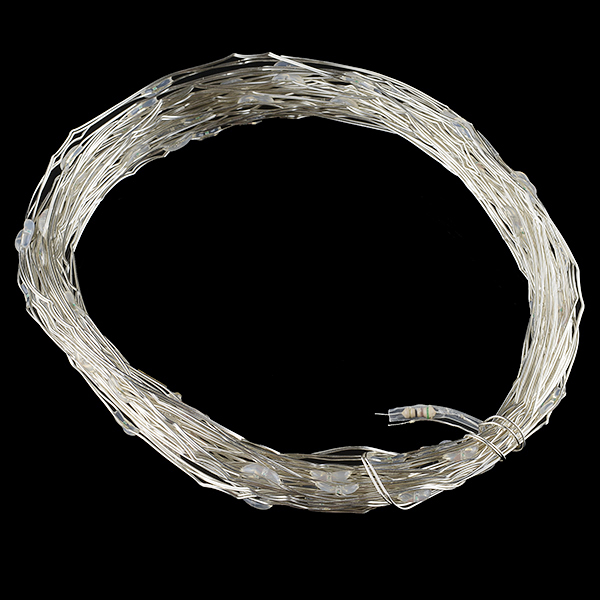
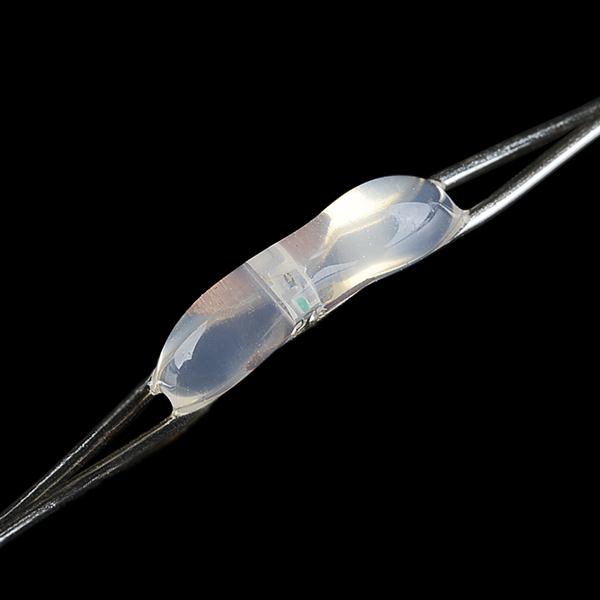
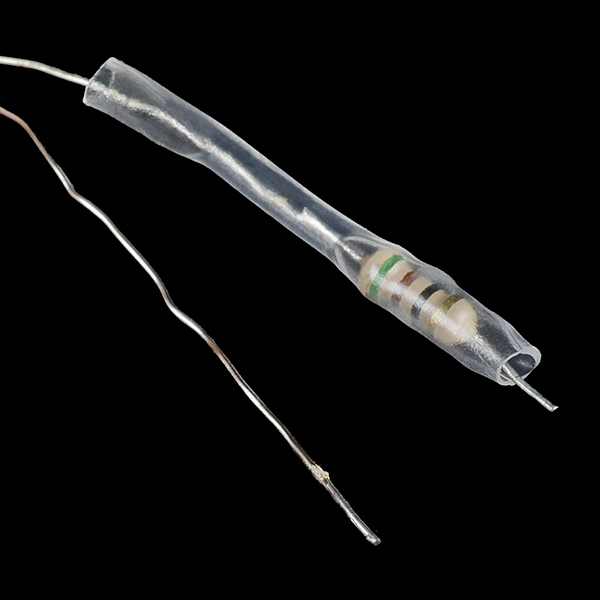
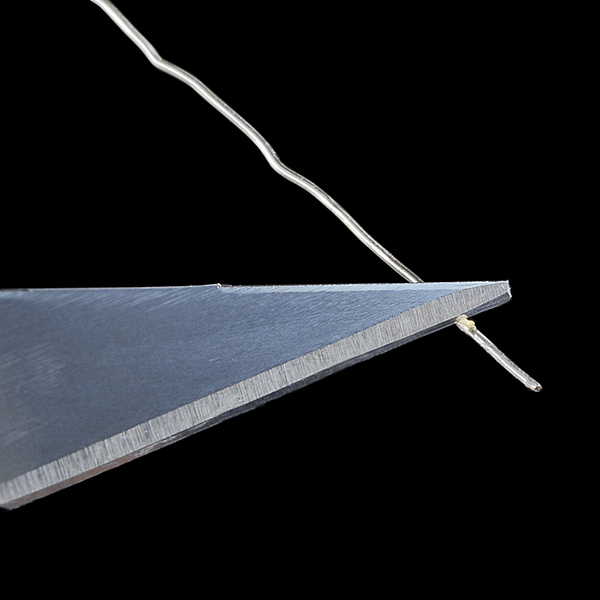
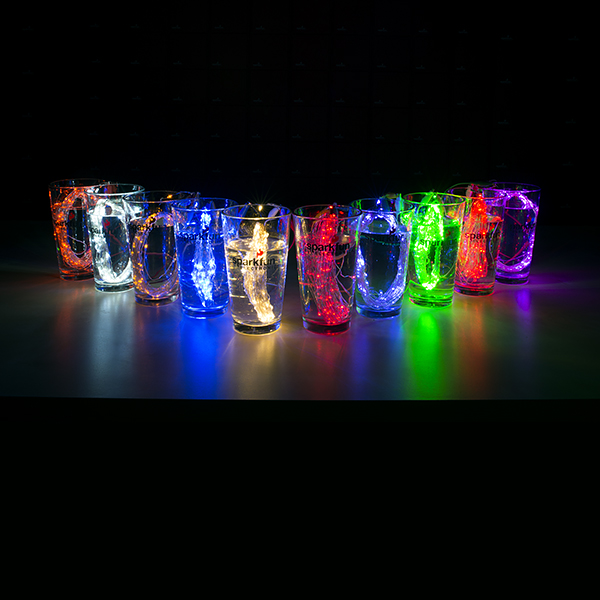
I have purchased the Purple,Orange, Yellow and Warm White versions of these strands. I noticed issues with resistors overheating at 5V on one strand of Purple. I split these into 5 M segments for a project and during resistance probing determined one section had a short. Subsequent testing by halving the string until I found the problem area revealed a short near the end of the line(fun). So check for shorts if you are having issues with dim lights at 5 V.. Also note every strand has a soldered splice in the middle indicating these are really manufactured as 2x5 meter segments . Furthermore, one strand was actually 4 sections with the splices in various places but still one in the exact middle. Hope this helps.
What strength resistor comes with these purple lights? If I cut the string down in length, should I change the resistance? How can I calculate what strength resistor to use? Thanks in advance.
So you can not make these lights blink slow or fast?
Are these real purple and not UV? If so are there UV ones available? I could use some!
Just purple. We don't have any UV right now, sorry!
I have found blue and purple LEDs both make fluorescent pigments fluoresce, but there is a lot of variability between manufacturers and background lighting conditions are important to the overall effect.